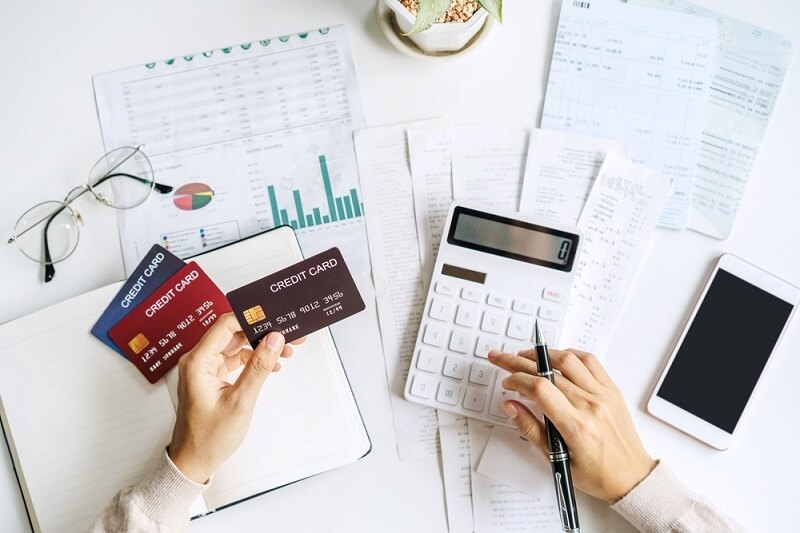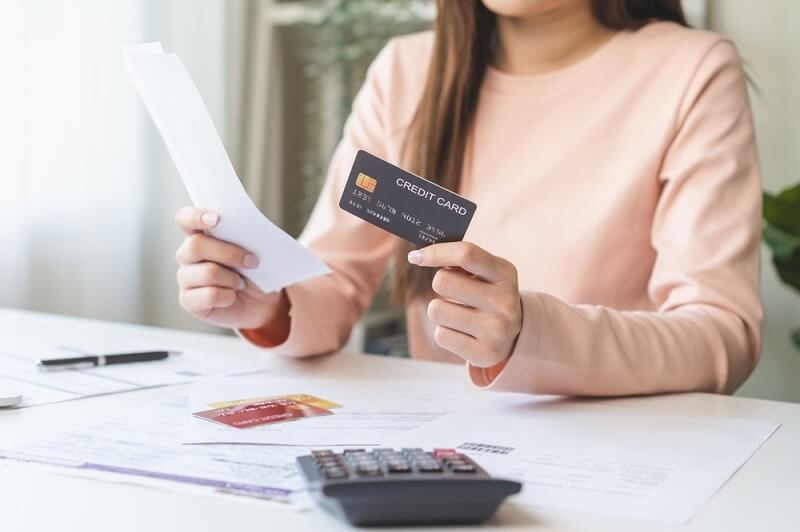
When properly used, credit cards can be highly effective for building credit history, containing quick cash for emergencies, or providing rewards. However, they can also be the most common and one of the most anxiety-inducing types of debt within the personal finance realm. Credit cards can pile on high interest rates, late fees, and increasing balances, making it seem impossible to get ahead of your debt.
Suppose you've ever wondered how to manage your credit card debt. In that case, this article will cover everything you need to know, from how credit card debt increases to budgeting for credit card payments and learning good tips for reducing credit card debt once and for all.
This is not a quick fix or empty promises. This is a simple, step-by-step plan to regain financial control, pay the least amount of money to reduce your time in credit card debt, and, hopefully, refrain from getting into debt again.
Unlike installment loans with a set amount to pay back each month, credit cards are revolving debt. This lets you keep borrowing and repaying as long as you stay under your credit limit. While this debt flexibility may sound helpful, it can also proliferate balances.
In general, the main reasons people struggle with credit card debt are:
The first step in learning to manage any challenges discussed here is recognizing them.
To develop a sound credit card debt management guide, you must understand how interest is calculated.
Most credit cards are based on compound interest, which means interest is charged not only on the balance you borrowed but also on the interest you have already acquired. So the balances can spiral extremely quickly without aggressive pay-down strategies.
Example:
If you owe $5,000 at a 20% interest rate and only pay the minimum, you will repay almost double the original amount over time.
Consequently, paying off credit cards quickly is essential because you reduce the money wasted on interest.
Before any repayment plan is made, you want to know where you are financially.
This assessment gives you the groundwork to create a realistic and successful repayment plan!
Budgeting is the foundation of credit card debt management; without a budget, it's easy to overspend and get into a hole.
This is how to budget for credit card payments:
Remember, budgeting is not about restraint but about giving meaning to your money.
There are many proven strategies for paying down credit card debts. The two best methods are
Which method is better? It really depends on you and your personality.
These are proven credit card repayment tips that work when you work them.

Late fees can ruin your momentum and derail your plans to pay them back. Here's how to help you stay ahead of these fees:
Not only can late fees be financially expensive, but they can also adversely affect your credit score.
If your balances feel unmanageable, there are additional tools to consider:
These are effective strategies for reducing credit debt, especially if your balances are large or spread across multiple cards.
Managing debt is more than just repayment—it’s about building habits that prevent you from slipping back into debt.
These habits will make your debt-free journey sustainable.
Even with the best intentions, people often fall into traps. Watch out for these mistakes:
Avoiding these pitfalls is just as important as following repayment strategies.
Debt isn’t only a financial issue—it’s emotional, too. Stress, anxiety, and even shame can prevent people from addressing it.
Shifting your mindset from fear to empowerment is a huge part of debt freedom.
Sometimes, despite best efforts, credit card debt becomes too overwhelming. If you find yourself unable to keep up with minimums, consider professional options:
Seeking help is not a sign of failure—it’s a smart step toward regaining control.
Although credit card debt can seem like a weight dragging you down, it does not have to dictate your future. Educating yourself, careful planning, and having the discipline to stick to your plan will break the cycle of interest, late fees, and stress that keeps you in debt.
This guide to credit card debt management is not a one-time fix. This is about creating an everyday system that works for you. If you stay true to yourself and have the discipline to be consistent, motivated, and focused on your goal of financial freedom, you will see it is just around the corner.
So remember, no matter how small, every payment will move you toward the goal of not having debt. Start now, and your future self will be happy that you did!
This content was created by AI